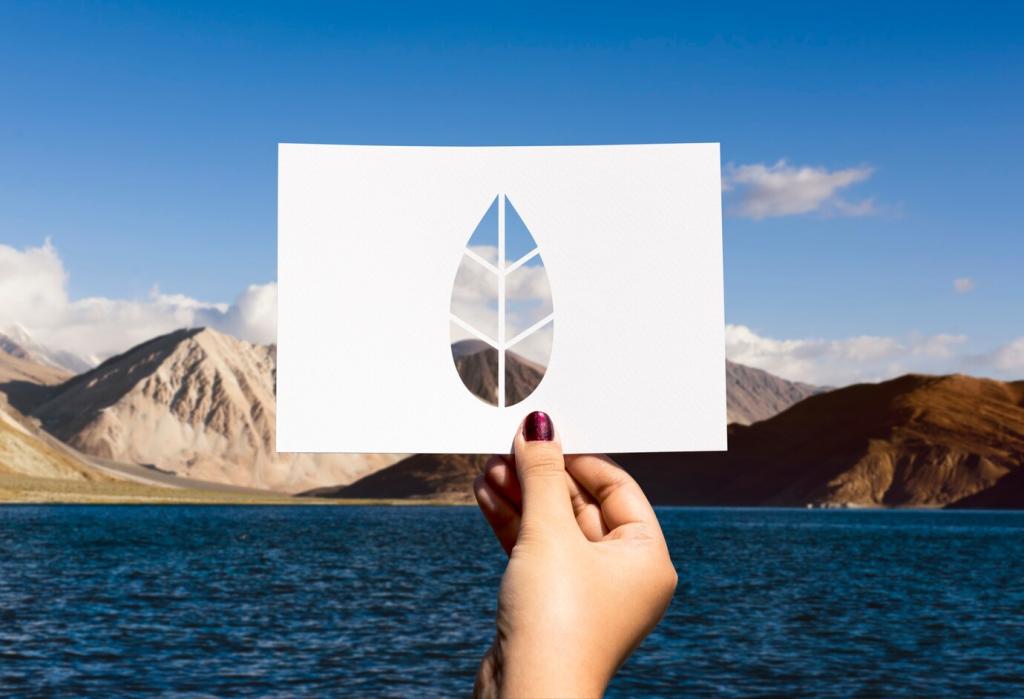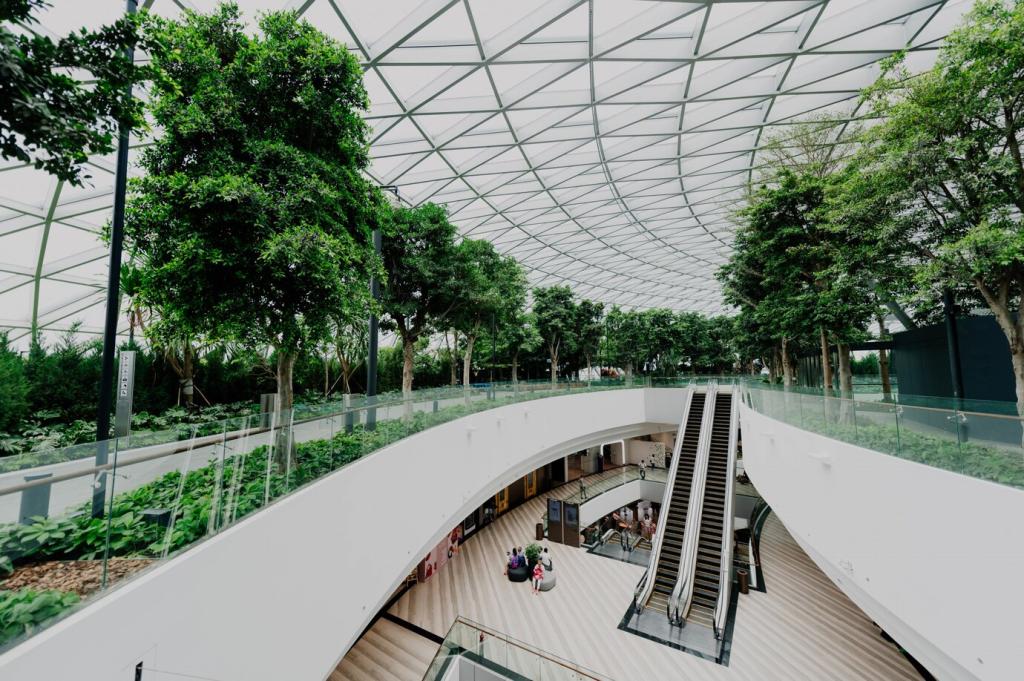Passive solar design is an essential principle in the creation of energy-efficient and environmentally friendly homes. By leveraging natural sunlight, building orientation, and thermal mass, this design approach significantly reduces the need for artificial heating and cooling. Passive solar techniques not only enhance comfort but also help homeowners lower their energy bills and carbon footprint. Employing passive solar strategies is a pivotal step in building a sustainable future, ensuring homes remain cozy year-round while minimizing their impact on the planet.
Fundamentals of Passive Solar Design
Building Orientation and Layout
The orientation of a building plays a fundamental role in passive solar design. Positioning the longest walls and major living spaces to face the sun’s path—usually south in the northern hemisphere—allows the house to capture the most sunlight during the cooler months. Strategic placement of windows and room layouts further enhance solar gain, making it possible for homes to naturally warm during winter and minimize excess heat in summer. Careful planning ensures that every architectural choice contributes to a balanced and efficient heating strategy, reducing reliance on mechanical systems.
Window Placement and Glazing
Window design is a decisive element in passive solar homes. The use of high-performance glazing helps regulate the flow of heat and light, ensuring interiors receive ample sunshine while preventing unwanted heat loss or gain. South-facing windows can harness winter sun, while well-placed overhangs or shading devices prevent overheating during hotter months. Selection of double or triple-glazed units further enhances thermal efficiency, creating a barrier against extreme temperatures. When effectively applied, window strategies are instrumental in optimizing the comfort and sustainability of eco-homes.
Thermal Mass Utilization
Incorporating materials that act as thermal mass is a key aspect of passive solar design. Materials such as concrete, brick, or stone absorb solar energy during the day and release it slowly as temperatures drop at night. This process helps to maintain a stable indoor climate, mitigating temperature swings and reducing the need for mechanical heating or cooling. The proper placement and sizing of thermal mass elements are crucial, ensuring they receive direct sunlight and function as intended within the building’s ecosystem. Thoughtful integration of these materials can dramatically enhance the settlement’s overall efficiency.
Energy Efficiency and Comfort

Reducing Heating and Cooling Loads
By maximizing the use of natural solar energy, passive solar design dramatically decreases the need for artificial heating and cooling. Homes are able to capitalize on free, renewable warmth from the sun during colder months, while thoughtful shading and ventilation strategies help maintain cooler interiors in summer. The result is a consistent indoor temperature that minimizes spikes in energy usage, leading to substantial savings over time. Efficient insulation and airtight construction further support these energy reductions, making eco-homes a wise investment for cost-conscious and environmentally mindful occupants alike.

Enhancing Indoor Air Quality
Eco-homes that employ passive solar design can offer superior indoor air quality compared to traditional buildings. Natural daylight reduces the need for artificial lighting, which often contributes to indoor pollution through off-gassing of materials. Passive ventilation—strategically positioned windows, vents, and airflow pathways—encourages fresh air circulation and discourages the buildup of indoor toxins or allergens. These subtle design decisions lead to healthier living spaces, impacting resident well-being and providing a consistent sense of comfort throughout the seasons.

Daylighting and Human Wellbeing
Utilizing daylight goes beyond simply illuminating rooms; it plays a significant role in occupant wellness. Ample exposure to natural light has been linked to elevated moods, better sleep patterns, and improved productivity. Passive solar homes are designed to maximize daylight penetration without unwanted heat gains, creating bright, inviting spaces that connect residents with the natural world. Well-thought-out window placement and reflective surfaces amplify this effect, allowing for environments that support both physical and mental health, all while conserving energy.

Designing for local climate conditions is fundamental to the success of any passive solar home. In colder climates, maximizing southern exposure and enhancing thermal mass can capture and store valuable heat. In contrast, homes in warmer regions prioritize shading devices, minimal east-west glazing, and natural ventilation to repel excessive heat gain. A nuanced understanding of regional weather patterns, sun angles, and seasonal fluctuations ensures that each home is optimally tailored for long-term comfort and efficiency. By respecting the local environment, homeowners can unlock the full benefits of passive solar design.

Managing the sun’s energy is as much about rejecting excess heat in summer as it is about welcoming it in winter. Thoughtfully designed roof overhangs, awnings, and exterior shading devices can prevent high-angle summer sun from overheating interiors while still allowing low-angle winter sun to penetrate and warm the space. Deciduous trees, pergolas, or adjustable screens offer dynamic shading solutions that change with the seasons. Incorporating these strategies not only maintains comfort but also adds visual interest and architectural character to eco-homes.

Encouraging the movement of fresh air is another essential component of passive solar design. Cross-ventilation, achieved through the careful placement of operable windows and vents opposite each other, helps flush hot air and introduce cooling breezes. Stack ventilation leverages differences in temperature and pressure, drawing warm air upwards and out, while pulling cooler air in from shaded areas. These passive cooling methods can significantly reduce reliance on energy-intensive air conditioning systems, enhancing comfort naturally and sustainably across varying climates.
